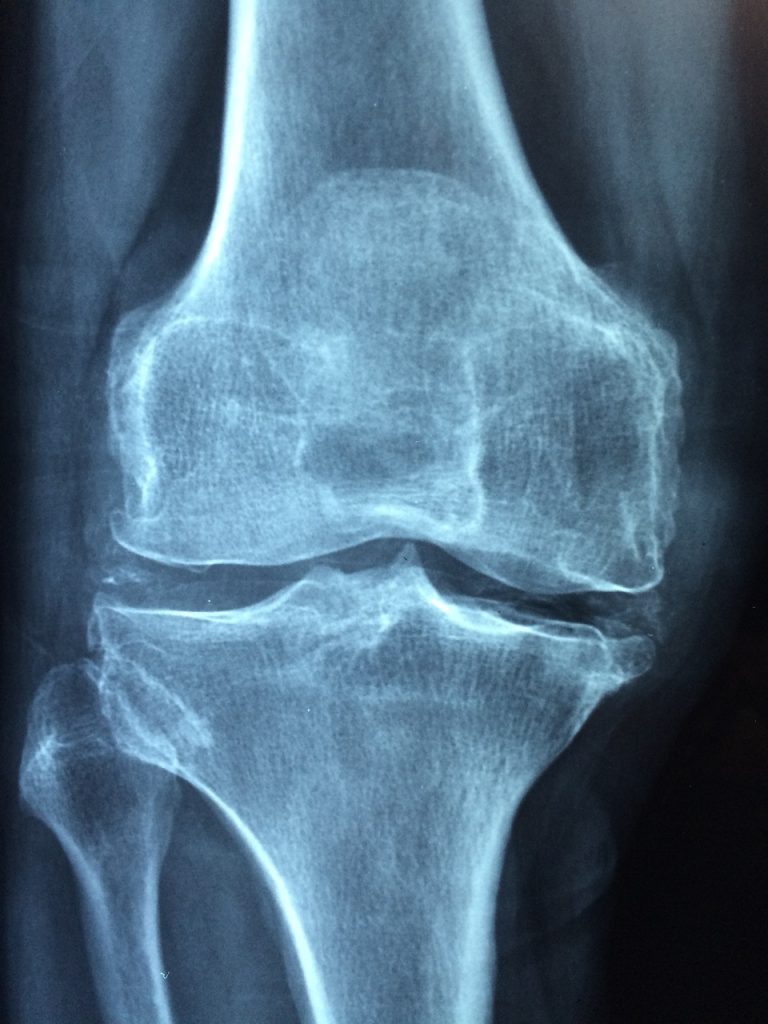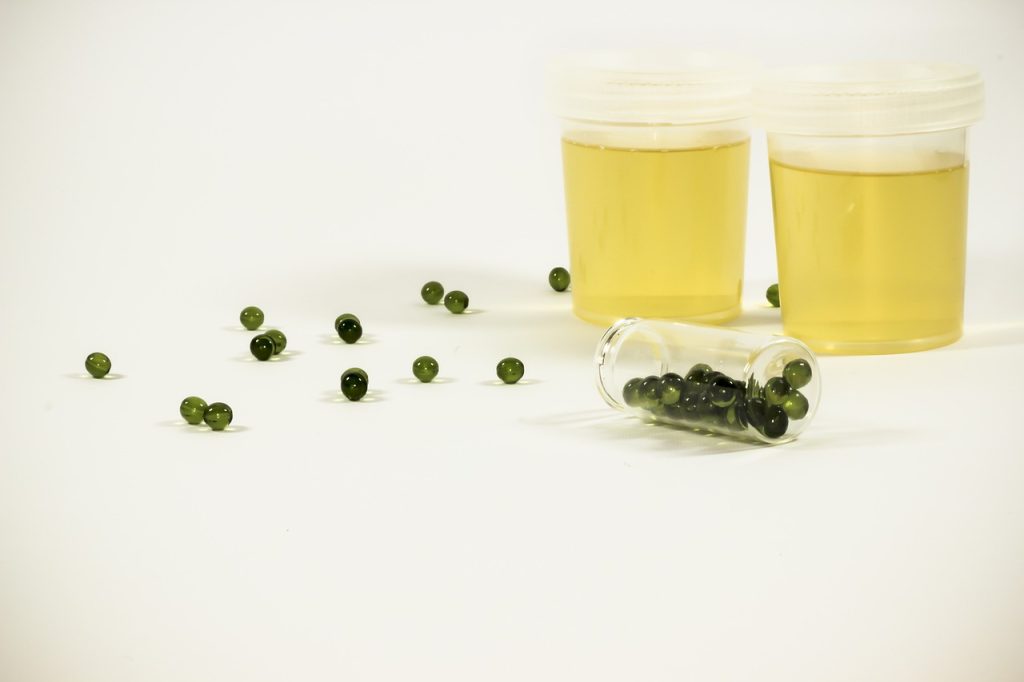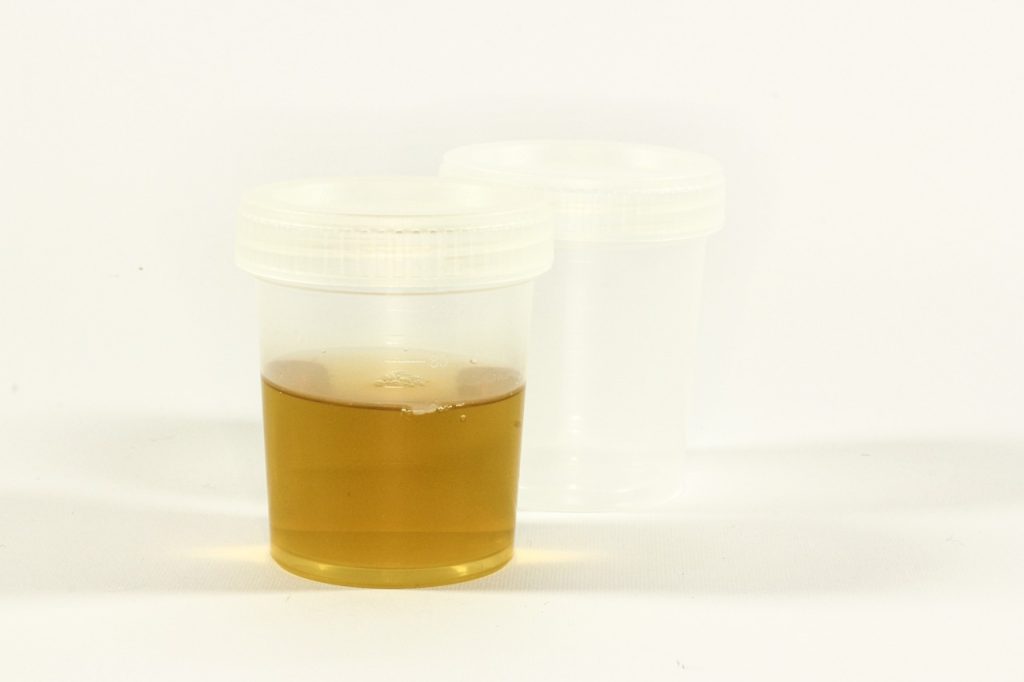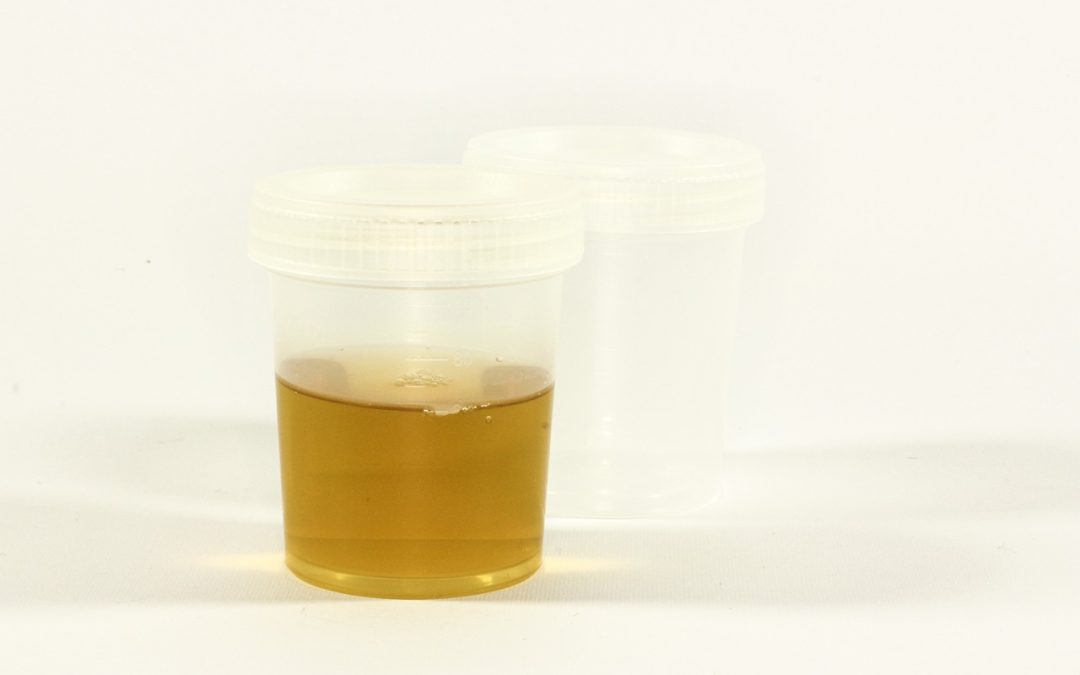Have you ever experienced unexplained swelling in your body? Whether it’s a sudden puffiness in your hands, feet, or even your face, unexplained swelling can be a perplexing and discomforting occurrence. In this article, we will explore the various causes of unexplained swelling, ranging from allergic reactions to underlying medical conditions, and provide some helpful tips on how to manage and prevent this frustrating issue. So, if you’ve ever found yourself baffled by swollen body parts, keep reading to unravel the mystery behind unexplained swelling.
Causes of Unexplained Swelling
Swelling is a common bodily response that occurs when there is an increase in fluid in the tissues. In most cases, swelling can be attributed to an obvious cause such as an injury or an allergic reaction. However, there are instances where swelling occurs without an apparent reason, and this is known as unexplained swelling. There are several potential causes for unexplained swelling, including inflammatory disorders, allergic reactions, fluid retention, infection, physical injury, and medication side effects.
Inflammatory disorders
Inflammatory disorders such as rheumatoid arthritis, lupus, and vasculitis can give rise to unexplained swelling. These conditions involve a malfunctioning immune system that causes chronic inflammation in various parts of the body, leading to swelling, pain, and discomfort. If you experience unexplained swelling accompanied by joint pain or stiffness, it is essential to consult a healthcare professional to rule out any underlying inflammatory condition.
Allergic reactions
Allergic reactions are another common cause of unexplained swelling. When exposed to allergens such as certain foods, medications, or insect bites, susceptible individuals may experience swelling as part of their immune response. This swelling can occur on the skin, lips, tongue, throat, or even deeper in the body, and can range from mild to severe. If you notice unexplained swelling accompanied by other symptoms such as itching, hives, or difficulty breathing, seek immediate medical assistance as it may indicate a severe allergic reaction.
Fluid retention
Fluid retention, also known as edema, can lead to unexplained swelling. This occurs when excess fluid accumulates in the tissues, typically in the legs, feet, ankles, or hands. Common causes of fluid retention include hormonal fluctuations, certain medications, prolonged sitting or standing, and underlying medical conditions such as kidney or heart disease. If you notice persistent or worsening swelling, especially in the lower extremities, it is essential to consult a healthcare provider for further evaluation.
Infection
Infections can also be a cause of unexplained swelling. When the body fights off an infection, it releases chemicals and increases blood flow to the affected area, leading to inflammation and swelling. While localized infections such as cellulitis or abscesses are more apparent, internal infections like sinusitis or urinary tract infections can also present with unexplained swelling. If you develop unexplained swelling accompanied by redness, warmth, pain, fever, or other signs of infection, it is crucial to seek medical attention for proper diagnosis and treatment.
Physical injury
Physical injuries, particularly trauma or damage to soft tissues, can cause unexplained swelling. Injuries such as sprains, strains, fractures, or contusions can trigger the body’s inflammatory response, leading to localized swelling, pain, and limited mobility. While swelling is a natural part of the healing process, it is still important to have any unexplained swelling assessed by a healthcare professional to rule out any underlying fractures or internal injuries.
Medication side effects
Certain medications can have side effects that include unexplained swelling. These medications, known as angioedema-inducing drugs, can cause swelling in the deep layers of the skin, mucous membranes, or other body tissues. Examples of such medications include ACE inhibitors used to treat high blood pressure, non-steroidal anti-inflammatory drugs (NSAIDs), and certain antibiotics. If you experience unexplained swelling after starting a new medication, inform your healthcare provider immediately to determine if a medication adjustment is necessary.
Symptoms of Unexplained Swelling
Unexplained swelling can manifest in different ways and may be accompanied by various symptoms, depending on the underlying cause. It is important to pay attention to these symptoms as they can aid in pinpointing the cause of the swelling and guide appropriate medical evaluation and treatment.
Localized swelling
One of the primary symptoms of unexplained swelling is swelling that occurs in a specific area of the body. This localized swelling may affect the limbs, joints, face, or any other body part. It can vary in severity and may be accompanied by other symptoms such as pain, redness, or warmth.
Pain or discomfort
Unexplained swelling is often accompanied by pain or discomfort in the affected area. The level of pain can range from mild to severe and may be constant or intermittent. This pain or discomfort can significantly interfere with daily activities and quality of life.
Redness or warmth
Unexplained swelling may be accompanied by redness or warmth in the affected area. These signs of inflammation are indicative of increased blood flow to the area and can be a clue to the underlying cause of the swelling, such as an infection or an inflammatory disorder.
Limited mobility
When swelling occurs, it can lead to limited mobility in the affected area. For example, if the swelling is in a joint, it may result in stiffness or difficulty moving the joint through its full range of motion. This limited mobility can further impede daily activities and functional abilities.
Systemic symptoms
In some cases, unexplained swelling may be accompanied by systemic symptoms that affect the entire body. These symptoms can include fatigue, fever, weight loss, night sweats, or generalized weakness. The presence of such systemic symptoms, along with unexplained swelling, warrants prompt medical attention to rule out serious underlying conditions.

Diagnosing Unexplained Swelling
When faced with unexplained swelling, a healthcare professional will typically perform a thorough evaluation to determine the underlying cause. This evaluation may include a physical examination, medical history assessment, laboratory tests, imaging tests, and in some cases, a biopsy.
Physical examination
During a physical examination, the healthcare provider will examine the swelling and assess its characteristics, such as size, shape, and color. They will also evaluate any accompanying symptoms, such as pain or limited mobility, and assess the rest of the body for other potential signs of underlying conditions.
Medical history
Obtaining a detailed medical history is crucial in diagnosing unexplained swelling. The healthcare provider will inquire about any recent injuries, exposure to allergens, changes in medications, or pre-existing medical conditions that may contribute to the swelling. This information can help narrow down the potential causes and guide diagnostic tests and treatment decisions.
Laboratory tests
Laboratory tests may be ordered to aid in the diagnosis of unexplained swelling. Blood tests can assess various factors, including the presence of inflammation markers, kidney or liver function, and blood cell counts. Additional tests, such as allergy tests or infection-specific tests, may be performed depending on the suspected cause of the swelling.
Imaging tests
Imaging tests, such as X-rays, ultrasounds, or MRI scans, may be used to visualize the affected area and rule out structural abnormalities or internal injuries that may be causing the swelling. These tests can provide valuable information about the underlying cause of the swelling and guide further investigations or treatment plans.
Biopsy
In some cases, a biopsy may be necessary to obtain a tissue sample from the swollen area for further analysis. This can help identify any abnormal cells, detect infections, or diagnose certain inflammatory conditions. A biopsy is typically performed by a specialist and may involve procedures such as needle aspiration or surgical removal of a tissue sample.
Treatment for Unexplained Swelling
The treatment of unexplained swelling depends on the underlying cause. Once a diagnosis is established, the healthcare provider will recommend a treatment plan tailored to the specific condition. The treatment options can range from addressing the underlying cause to medications, lifestyle changes, compression therapy, or in some cases, surgical intervention.
Addressing underlying cause
In cases where the underlying cause of the swelling can be identified, addressing the cause is a crucial step in comprehensive treatment. This may involve treating an infection with appropriate antibiotics, managing inflammation in inflammatory disorders with medications, or eliminating allergens that trigger allergic reactions. By targeting the underlying cause, it is possible to alleviate the swelling and prevent its recurrence.
Medications
Medications can be prescribed to manage unexplained swelling in certain situations. For example, anti-inflammatory drugs such as corticosteroids or non-steroidal anti-inflammatory drugs (NSAIDs) may be used to reduce swelling and alleviate pain associated with inflammatory conditions. Diuretics may also be prescribed to promote the release of excess fluid and reduce fluid retention-induced swelling.
Lifestyle changes
In cases of fluid retention or obesity-related swelling, lifestyle changes can play a significant role in managing and preventing further swelling. These changes may include maintaining a healthy weight through proper diet and exercise, avoiding prolonged sitting or standing, and implementing stress reduction techniques. Additionally, elevation of the affected limb, such as keeping the legs elevated when sitting or lying down, can help alleviate swelling.
Compression therapy
Compression therapy involves the use of compression garments, such as stockings or bandages, to apply gentle pressure on the affected area. This pressure helps improve circulation, reduce swelling, and promote fluid drainage. Compression therapy is particularly beneficial for swelling in the legs or arms and may be recommended as part of the treatment plan.
Surgical intervention
In certain cases, surgical intervention may be necessary to address the underlying cause of unexplained swelling. For example, if the swelling is caused by a tumor or a cyst, surgical removal may be required. Similarly, in cases of severe lymphedema, where the lymphatic system is compromised, surgical procedures such as lymphatic drainage or lymph node transplantation can help manage the swelling.

Complications of Unexplained Swelling
Unexplained swelling, if left untreated or uncontrolled, can lead to various complications that can significantly impact a person’s well-being and overall health. It is important to be aware of these potential complications and address them promptly.
Chronic pain and discomfort
Persistent or recurrent swelling can result in chronic pain or discomfort, which can significantly impact an individual’s daily life. The pain may make it difficult to perform routine activities, decrease mobility, and affect overall quality of life.
Functional limitations
Severe or persistent swelling can lead to functional limitations, especially if it affects the limbs or joints. Reduced mobility and strength in the affected area can impair a person’s ability to perform basic tasks, participate in physical activities, or maintain independence.
Psychological impact
The constant presence of unexplained swelling can have a psychological impact on individuals. It can lead to emotional distress, self-consciousness, and a negative body image. Dealing with the social and emotional consequences of unexplained swelling can be challenging and may require appropriate support or counseling.
Infection risk
Swelling can compromise the integrity of the skin, making it more susceptible to infections. The stagnant fluid trapped in the swollen area provides an ideal environment for bacteria or other pathogens to thrive. Infection can further complicate the treatment and management of swelling and require additional interventions.
Impaired wound healing
Unexplained swelling can impair the healing process, especially in the case of wounds or surgical incisions. Swelling can interfere with blood circulation and the delivery of essential nutrients and oxygen to the affected tissues, slowing down the healing process and increasing the risk of complications.
Prevention of Unexplained Swelling
While it may not always be possible to prevent all cases of unexplained swelling, certain measures can help minimize the risk or severity of swelling episodes.
Maintaining a healthy lifestyle
Adopting and maintaining a healthy lifestyle can contribute to overall well-being and reduce the risk of swelling. This includes eating a balanced diet, engaging in regular physical activity, managing stress levels, and maintaining a healthy weight. These lifestyle choices can help prevent or manage conditions like fluid retention or obesity-related swelling.
Avoiding allergens or triggers
For individuals prone to allergic reactions, avoiding known allergens or triggers is essential. This may involve reading food labels carefully, using hypoallergenic products, avoiding certain medications or substances, and taking precautions when outdoors, such as wearing insect repellent.
Proper medication management
If you are taking medications, it is important to follow the prescribed dosage and instructions. Inform your healthcare provider about any previous adverse reactions or side effects you have experienced with certain medications. This will help them make informed decisions about your treatment plan and minimize the risk of medication-induced swelling.
Prompt medical attention
If you notice any unexplained swelling that is sudden, severe, worsening, or accompanied by other concerning symptoms, do not hesitate to seek medical help promptly. Early evaluation and treatment can significantly improve outcomes and prevent complications associated with unexplained swelling.

When to Seek Medical Help
While some swelling may resolve on its own, there are situations where medical attention is crucial. It is important to be aware of when to seek immediate medical help for unexplained swelling.
Sudden or severe swelling
If you experience sudden or severe swelling that appears rapidly and is significantly larger than usual, it is important to seek immediate medical attention. This may indicate a serious underlying condition or an allergic reaction that requires prompt evaluation and treatment.
Swelling without an apparent cause
If you notice swelling that occurs without an apparent cause or injury, it is important to consult a healthcare professional for further evaluation. Unexplained swelling can be a symptom of an underlying medical condition that requires proper diagnosis and management.
Worsening symptoms
If your symptoms are progressively worsening or if the swelling persists despite home remedies or self-care measures, it is advisable to seek medical help. Persistent or worsening swelling may indicate a more significant underlying problem that needs to be addressed.
Associated systemic symptoms
If the swelling is accompanied by systemic symptoms such as fever, fatigue, weight loss, or night sweats, it is important to seek immediate medical attention. These symptoms may indicate a systemic infection or a more serious underlying medical condition that requires urgent evaluation and treatment.
Home Remedies for Mild Swelling
For mild cases of unexplained swelling, there are various home remedies that can help alleviate symptoms and promote healing.
R.I.C.E. method
The R.I.C.E. method (Rest, Ice, Compression, Elevation) is a commonly recommended approach for managing mild swelling due to minor injuries or overuse. Resting the affected area, applying ice packs or cold compresses, using compression bandages or garments, and elevating the limb can help reduce swelling and relieve discomfort.
Elevation
Elevating the swollen limb or affected area above the heart level can help promote fluid drainage and reduce swelling. This can be achieved by propping up the limbs with pillows or using cushions to elevate the area.
Compression
Applying gentle pressure through compression bandages or garments can help reduce swelling by promoting fluid movement and preventing excessive accumulation in the tissues. It is important to ensure that the compression is not too tight, as this can impede blood circulation.
Warm compresses
In some cases, warm compresses can provide relief for swelling. Applying a warm towel or using a warm water soak can help increase blood flow to the area and promote healing. Warm compresses should be used with caution and only in the absence of signs of infection.
Maintaining hydration
Staying hydrated can help prevent fluid retention and promote the elimination of excess fluid from the body. Drinking an adequate amount of water throughout the day can help maintain optimal fluid balance and reduce the risk of swelling.
Conclusion
Unexplained swelling can be a concerning symptom that should not be ignored. While it can be caused by a variety of factors, including inflammatory disorders, allergic reactions, fluid retention, infection, physical injury, and medication side effects, prompt medical evaluation is essential to determine the underlying cause and initiate appropriate treatment. Understanding the symptoms, diagnostic approaches, and treatment options for unexplained swelling can aid in its management and prevention of complications. By addressing the underlying cause, following medical advice, and adopting a healthy lifestyle, individuals can minimize the risk of unexplained swelling and its impact on daily life.












